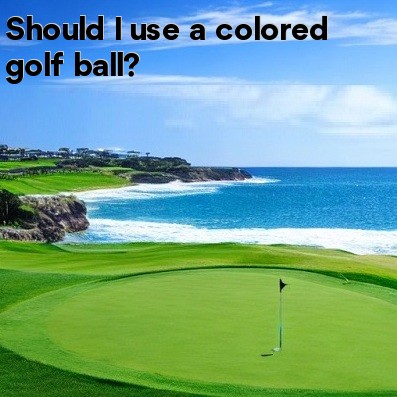
In golf, should I use a colored golf ball?
Golf is a sport that requires precision, focus, and attention to detail. Every aspect, from the clubs you choose to the ball you hit, can have an impact on your performance. One question that often arises among golfers is whether or not to use a colored golf ball. Let's explore the pros and cons of colored golf balls to help you make an informed decision.
- Visibility: One of the primary reasons golfers may choose to use colored golf balls is improved visibility. Traditional white golf balls can sometimes be difficult to spot, especially on a cloudy day or against a bright sky. Colored balls, on the other hand, can be easier to see in different lighting or environmental conditions.
- Personalization: Using a colored golf ball allows you to stand out from the crowd and add a personal touch to your game. With a variety of colors available, you can choose one that suits your style or reflects your personality. This personalization can enhance your overall golfing experience.
- Psychological Advantage: Some golfers believe that using a colored ball can provide a psychological advantage. By introducing something unique or out of the ordinary into your game, you may be able to boost your confidence and focus. This mental edge can translate into improved performance on the course.
However, before making a decision, it's important to consider the potential drawbacks of using colored golf balls:
- Lack of Traditionalism: Golf is a sport with a strong tradition, and using a colored golf ball may go against this traditionalism. If you enjoy the history and heritage of the game, you may prefer to stick with the classic white ball.
- Difficulty in Tracking: While colored balls may offer improved visibility in certain conditions, they can also be challenging to track, especially in rough or dense areas. If you frequently find yourself hitting shots off-course, a colored ball may make it even harder to locate.
- Equipment Limitations: In certain tournaments or organizations, there may be restrictions on the types of golf balls allowed. It's important to check the rules and regulations of your preferred golf courses or leagues before using a colored ball.
Ultimately, the decision of whether or not to use a colored golf ball is a personal one. Consider your individual preferences, playing conditions, and tournament requirements. If improved visibility and personalization are important to you, experimenting with colored golf balls may be worth considering. On the other hand, if you value tradition and want to avoid potential difficulties in tracking your shots, sticking to traditional white balls may be the better choice.
Remember, the golf ball is just one piece of the puzzle. Skill, practice, and strategy play a far greater role in your performance than the color of your ball. Regardless of the decision you make, focus on developing your technique, improving your swing, and mastering the mental aspects of the game. Golf is a challenging sport that requires dedication and perseverance, regardless of the color of the ball you choose.
In conclusion, colored golf balls offer improved visibility, personalization, and a potential psychological advantage. However, they may go against the tradition of the sport, can be difficult to track, and might face limitations in certain tournaments. Ultimately, the decision rests on your personal preferences and circumstances. Remember to focus on honing your skills and enjoying the game, no matter the color of the ball you play with.






